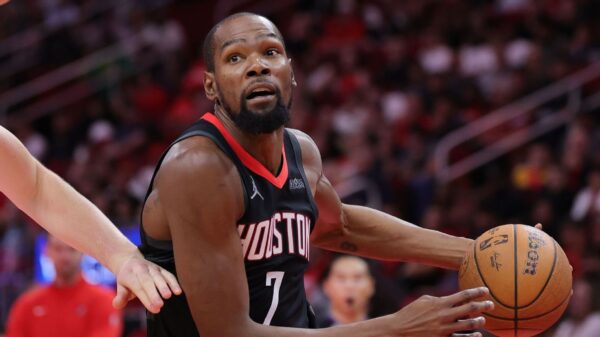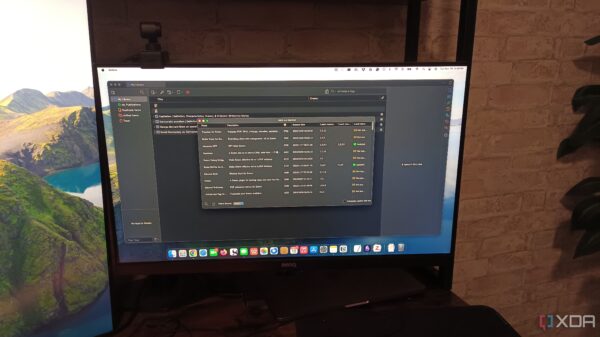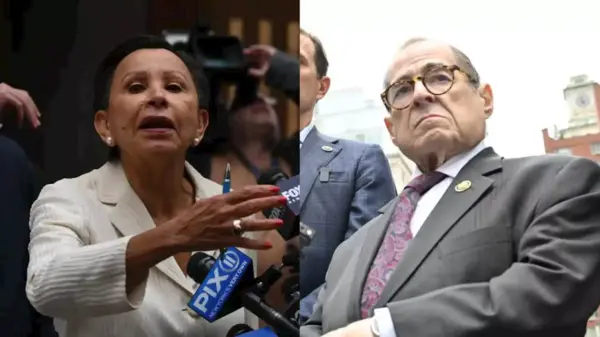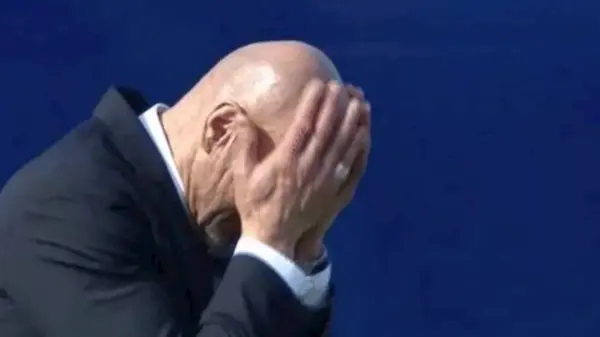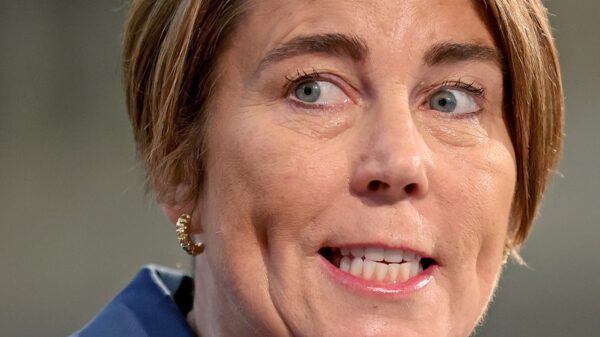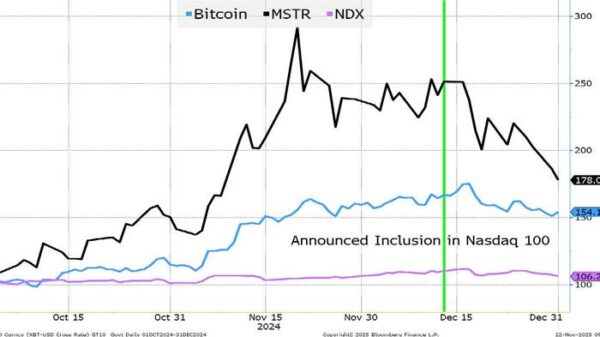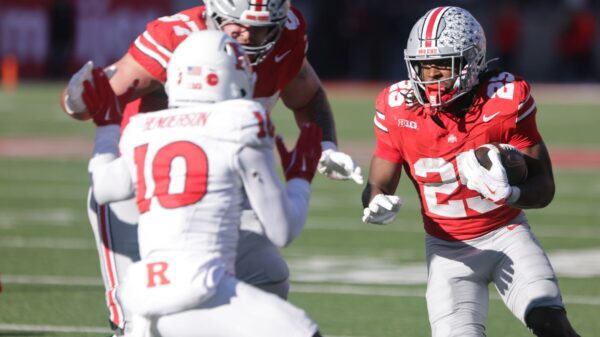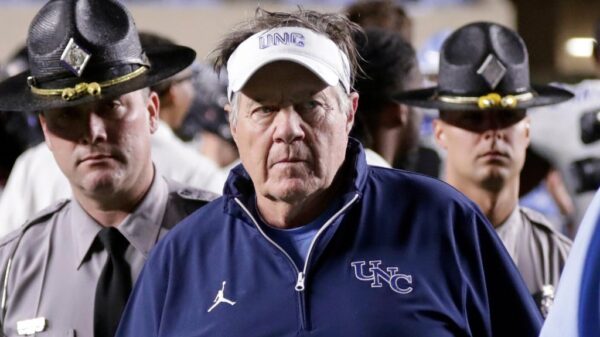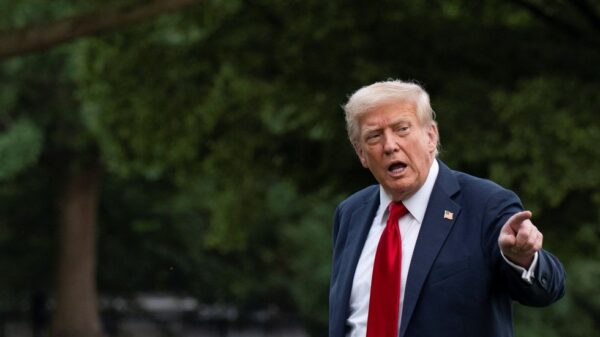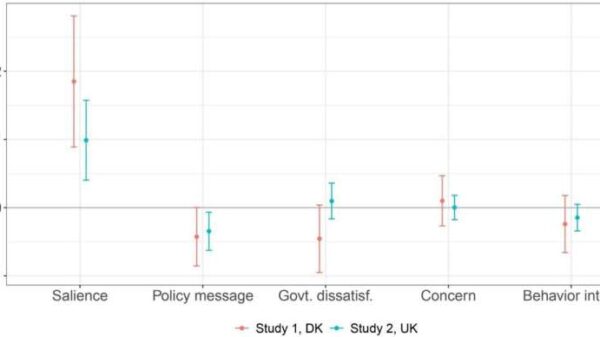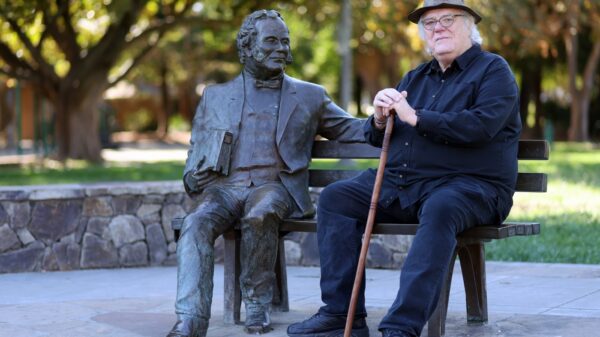A significant shift is occurring within New York City’s Democratic congressional delegation, as several prominent members prepare to retire or face challenges from younger, progressive candidates ahead of the 2026 elections. Notably, U.S. Representatives Nydia Velázquez and Jerry Nadler, both long-serving incumbents, are stepping aside, marking a pivotal moment for the party and its future direction.
Velázquez, who represents parts of north Brooklyn and western Queens, has announced her decision, stating, “I love this work and I love my district, but I believe now is the right moment to step aside and allow a new generation of leaders to step forward.” With her retirement, she joins Nadler, who has served for over three decades, as part of a broader trend of aging leadership within the party. At 74, Nadler has also been a mentor to younger lawmakers, including Assembly Member Micah Lasher, who is poised to run for his seat.
The changing dynamics reflect a growing sentiment among older Democratic leaders, as highlighted by political strategist Camille Rivera. She pointed out that many veteran members have cultivated a bench of younger politicians who can carry on their legacy, ensuring that Democratic strongholds remain effectively represented. Rivera noted, “Many of them feel like they have created a good bench that will represent the district well.”
Several younger candidates are already emerging in the race for Nadler’s seat, with many belonging to the millennial and Gen Z cohorts. Their candidacies signal a shift in priorities and perspectives within the Democratic Party, as younger voters increasingly seek representation that aligns with their values and concerns.
This generational shift is not merely about age; it is also about a response to the evolving political landscape. The Democratic Party has been grappling with internal divisions and challenges posed by the rise of the far-right, particularly following the 2024 presidential election. The defeat of former Vice President Kamala Harris by then-President Donald Trump highlighted the urgent need for the party to reconnect with its base and adapt to changing voter demographics.
Political analyst Basil Smikle emphasized the need for the party to engage with younger voters actively. “With that comes a recognition by some electeds that maybe it’s their turn with this younger generation pushing up,” Smikle stated. He underscored the importance of maintaining enthusiasm among younger constituents to ensure their interests are represented in Congress.
In addition to the retirements, primary challenges against incumbents are gaining traction. Political scientist John Mollenkopf described these challenges as healthy for democracy, fostering essential debates about the party’s direction and responsiveness to constituents. He remarked, “It’s hard to imagine that a political science graduate student from Columbia is going to knock off one of the more impressively rising Dominican-origin politicians in New York City. However, it will lead to a healthy debate around what the Democratic Party establishment is or isn’t doing for their constituencies.”
As this transition unfolds, the implications for New York City politics are significant. The retirements of established leaders like Velázquez and Nadler could pave the way for a new generation of representatives who reflect the diverse voices of their communities. The upcoming elections in March 2026 will be a crucial test for the Democratic Party, as it seeks to balance the legacy of its seasoned members with the aspirations of a younger, more progressive base.
The situation in New York serves as a microcosm of the broader challenges facing the Democratic Party nationally, as it navigates the complexities of an evolving political landscape while striving to maintain its relevance and connection to voters across all age groups.



